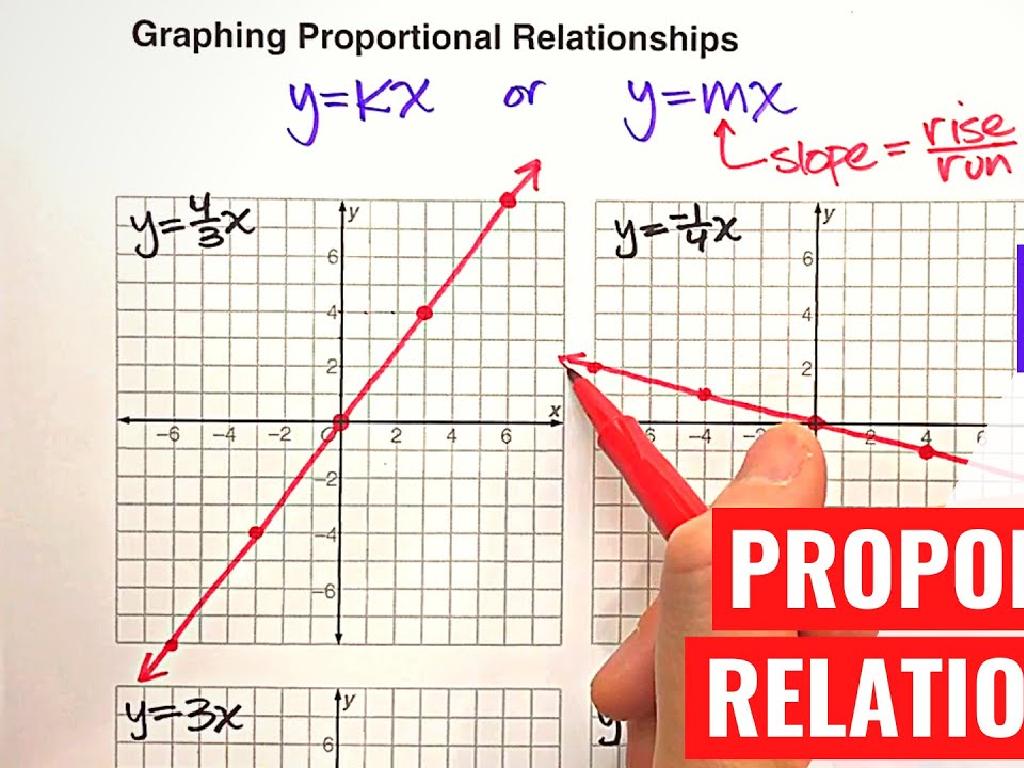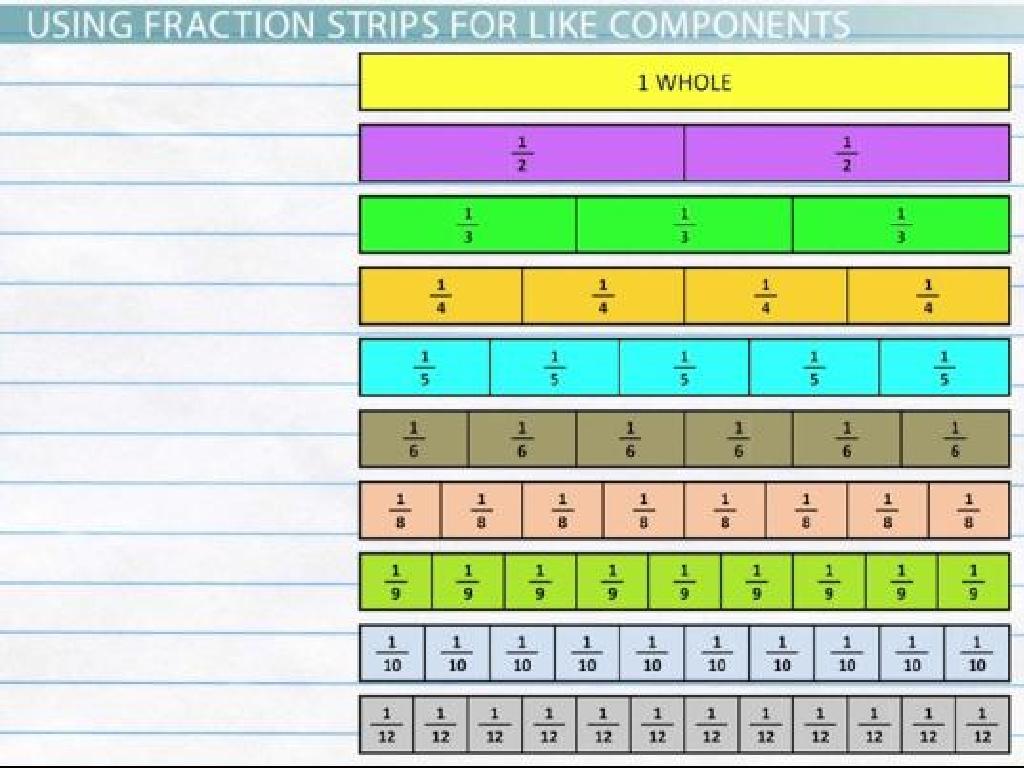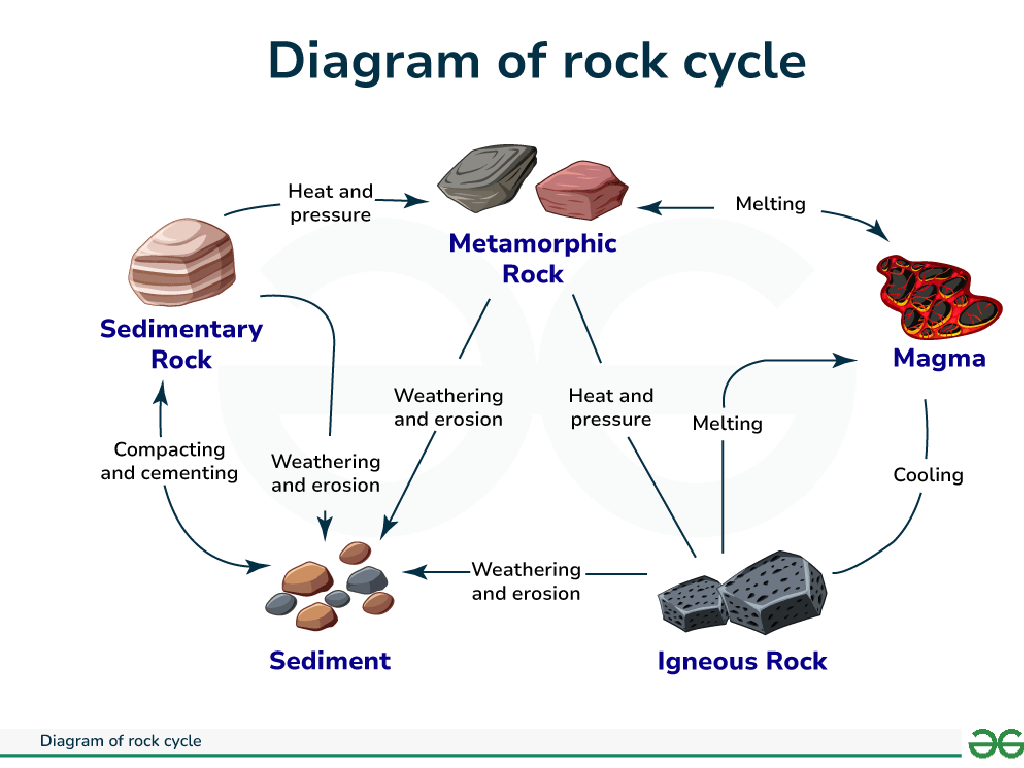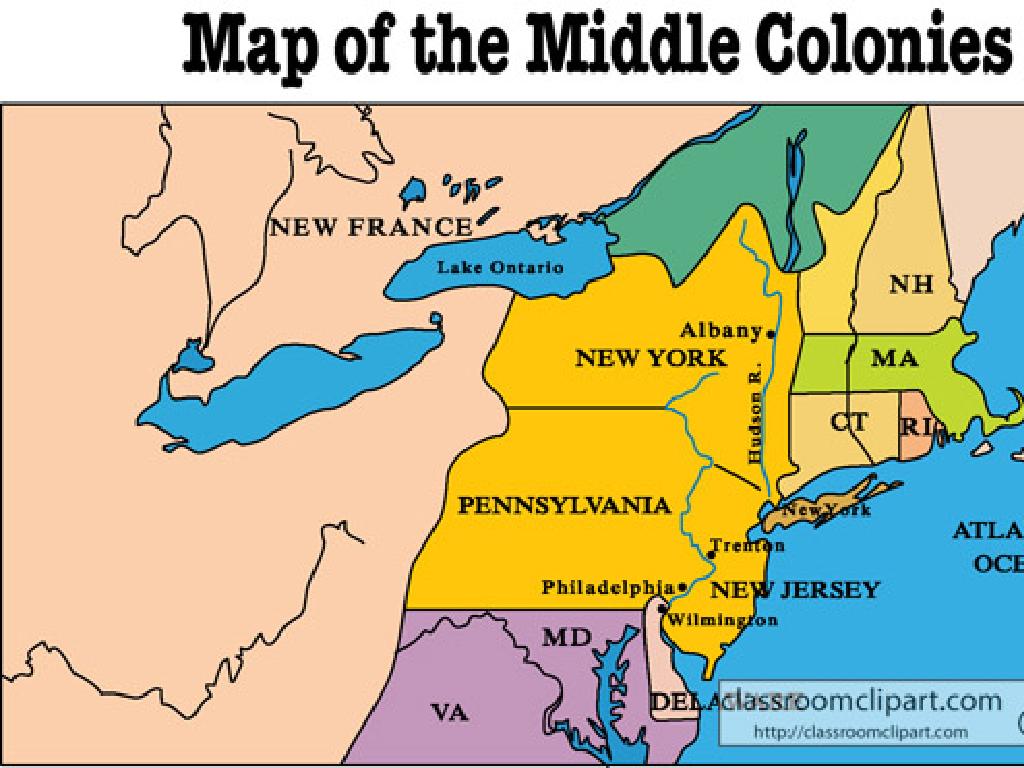Create Compound Sentences
Subject: Language arts
Grade: Fourth grade
Topic: Sentences, Fragments, And Run-Ons
Please LOG IN to download the presentation. Access is available to registered users only.
View More Content
Crafting Compound Sentences
– What is a compound sentence?
– Two simple sentences joined by a conjunction like ‘and’, ‘but’, or ‘or’.
– Spotting sentences, fragments, and run-ons
– Sentences express a complete thought, fragments don’t, run-ons are too long.
– The role of conjunctions
– Conjunctions like ‘and’, ‘but’, and ‘or’ connect sentences smoothly.
– Why compound sentences matter
– They make writing more interesting and show how ideas are connected.
|
Begin the lesson by defining a compound sentence and comparing it to simple sentences. Explain that fragments are incomplete thoughts and run-ons are overly long, improperly combined sentences. Emphasize the importance of conjunctions in creating compound sentences and how they help in combining ideas without creating run-ons. Discuss why using compound sentences can make writing more engaging and clear by connecting related ideas. Encourage students to practice creating their own compound sentences and to identify and correct fragments and run-ons in example sentences.
Understanding Sentences
– A sentence: subject, verb, complete thought
– Every sentence needs a person or thing and an action or state of being.
– Simple sentence structure
– Simple sentences have one independent clause.
– Examples of simple sentences
– ‘The cat purrs.’ (subject: cat, verb: purrs)
|
This slide introduces the basic concept of a sentence to the students. It’s important to emphasize that a sentence is not just a collection of words; it must have a subject (who or what the sentence is about), a verb (what the subject is doing or being), and it must express a complete thought. Provide clear examples of simple sentences and break them down to show the subject and verb. Encourage students to create their own simple sentences and identify the subject and verb in each. This understanding is foundational before they move on to creating compound sentences.
Sentence or Fragment?
– Understanding sentences
– A sentence has a subject, verb, and expresses a complete thought.
– Recognizing fragments
– Fragments lack a subject or verb and don’t express a complete thought.
– Activity: Sentences vs. Fragments
– Decide if examples are full sentences or just fragments.
– Practice makes perfect
|
This slide introduces the concept of sentences and fragments. A sentence is a group of words that contains a subject (who or what the sentence is about), a verb (what the subject is doing), and expresses a complete thought. A fragment, on the other hand, may be missing one of these elements and does not form a complete thought. The activity will help students apply this knowledge by identifying whether given examples are sentences or fragments. For the activity, provide examples like ‘The dog barked loudly’ (sentence) and ‘In the morning’ (fragment). Encourage students to explain their reasoning for each decision. This practice will enhance their understanding of sentence structure and improve their writing skills.
Fixing Run-on Sentences
– Understanding run-on sentences
– A run-on sentence has too many ideas without proper punctuation.
– Identifying run-ons in writing
– Look for sentences that seem too long or confusing.
– Methods to fix run-on sentences
– Use conjunctions, periods, or commas to separate ideas.
– Practice correcting run-ons
– We’ll do exercises to apply these methods.
|
This slide introduces the concept of run-on sentences to fourth-grade students. Begin by explaining that a run-on sentence is like trying to fit too many thoughts into one breath. It’s important for students to learn how to spot these in their writing. Teach them to look for sentences that go on for too long or don’t make sense because they need proper breaks. Show them how to use conjunctions (and, but, or) to join ideas, or punctuation like periods and commas to separate them into complete sentences. Provide practice exercises where students can take run-on sentences and correct them using these methods. This will help them write clearer and more effective compound sentences.
Building Compound Sentences
– What is a compound sentence?
– Two simple sentences joined by a conjunction
– Conjunctions connect sentences
– ‘and’, ‘but’, ‘or’, ‘so’, ‘yet’, ‘for’, ‘nor’ are like magic words that connect thoughts
– Examples: ‘and’, ‘but’, ‘or’
– ‘I like apples and I like oranges.’ or ‘It was raining but we went outside.’
– Practice creating compound sentences
|
This slide introduces the concept of compound sentences to fourth-grade students. Begin by explaining that a compound sentence is formed when you connect two simple sentences with a conjunction, which are words like ‘and’, ‘but’, and ‘or’. These conjunctions serve as a bridge to combine ideas in a smooth and coherent way. Provide clear examples for each conjunction to illustrate how they can change the meaning of the combined sentences. Encourage students to think of their own simple sentences and practice turning them into compound sentences using different conjunctions. This activity will help them understand how to construct more complex and interesting sentences in their writing.
Crafting Compound Sentences
– Understanding compound sentences
– Two simple sentences joined by a conjunction like ‘and’.
– Use ‘and’ to connect sentences
– ‘I like apples’ + ‘I like oranges’ = ‘I like apples, and I like oranges.’
– Create your own examples
– Think of two things you enjoy and join them with ‘and’.
– Share with the class
|
This slide is aimed at helping fourth-grade students understand and create compound sentences. Start by explaining that a compound sentence is made up of two simple sentences, or independent clauses, that are connected by a conjunction such as ‘and’, ‘but’, or ‘or’. Provide clear examples, like the one given, and then encourage students to come up with their own sentences by thinking about their favorite activities or subjects. Have them write these sentences down and then ask volunteers to share their sentences with the class. This activity will help reinforce the concept and give students practice in creating their own compound sentences.
Practice Time: Crafting Compound Sentences
– Combine two simple sentences
– Use conjunctions like ‘and’, ‘but’, ‘or’
– ‘I like apples. I like oranges.’ becomes ‘I like apples and oranges.’
– Observe how sentences change
– Does ‘and’ make a connection? What does ‘but’ show?
– Create your own compound sentences
– Try making sentences with your favorite activities or foods!
|
This slide is for a class activity where students will practice creating compound sentences. Start by explaining that a compound sentence is made up of two simple sentences joined by a conjunction. Provide examples of conjunctions and how they can change the meaning of a sentence. Encourage students to experiment with different conjunctions to see the effect on their sentences. For the activity, have students write their own simple sentences and then combine them using different conjunctions. They can share their sentences with the class to see the variety of ways sentences can be combined. This will help them understand the flexibility and richness of compound sentence structures.
Class Activity: Compound Sentence Challenge
– Pair up with a classmate
– Write a short story together
– Use at least five compound sentences
– Connect ideas using words like ‘and’, ‘but’, ‘so’
– Share your story with the class
|
This activity is designed to encourage collaboration and creativity while applying the concept of compound sentences. A compound sentence is made up of two independent clauses connected by a conjunction such as ‘and’, ‘but’, or ‘so’. Guide the students to think of two ideas that they can connect with these conjunctions. Encourage them to be creative with their stories and to use a variety of conjunctions to build their compound sentences. Provide examples if necessary. During the sharing session, ask the class to listen carefully and identify the compound sentences in each story. This will reinforce their understanding and ability to use compound sentences in their writing.
Wrapping Up Compound Sentences
– Recap: What are compound sentences?
– Two simple sentences joined by a conjunction like ‘and’, ‘but’, or ‘or’.
– Why compound sentences matter
– They make our writing richer and show how ideas connect.
– Share your awesome sentences
Let’s hear some sentences you’ve created!
– Questions about compound sentences?
|
As we conclude, revisit the definition of compound sentences and emphasize their role in connecting ideas and adding complexity to writing. Encourage students to reflect on how using compound sentences can improve their storytelling or explanations. Invite students to share any compound sentences they’ve come up with, and provide positive feedback and constructive tips. Finally, open the floor for any lingering questions, ensuring that each student leaves the class with a clear understanding of compound sentences and how to create them.






